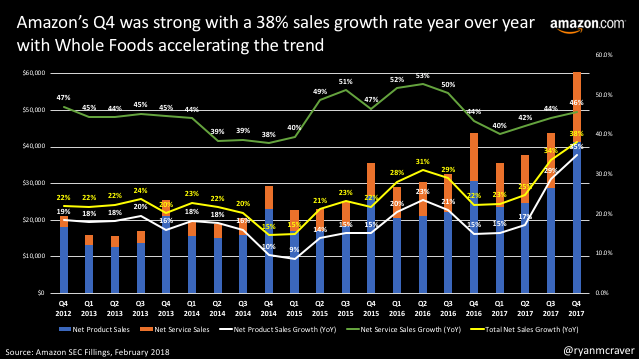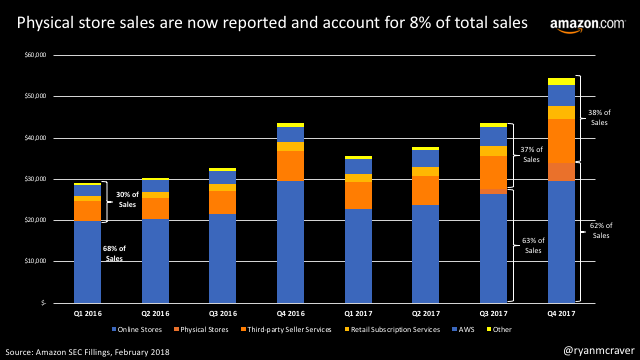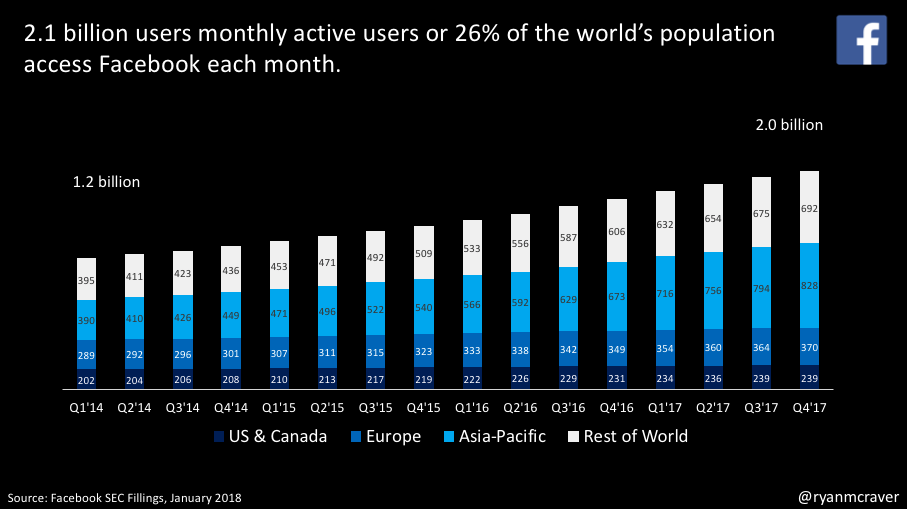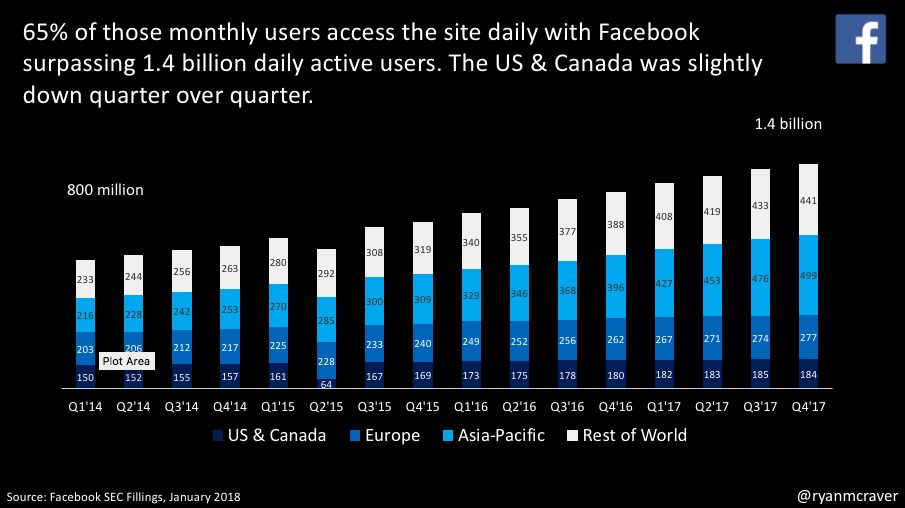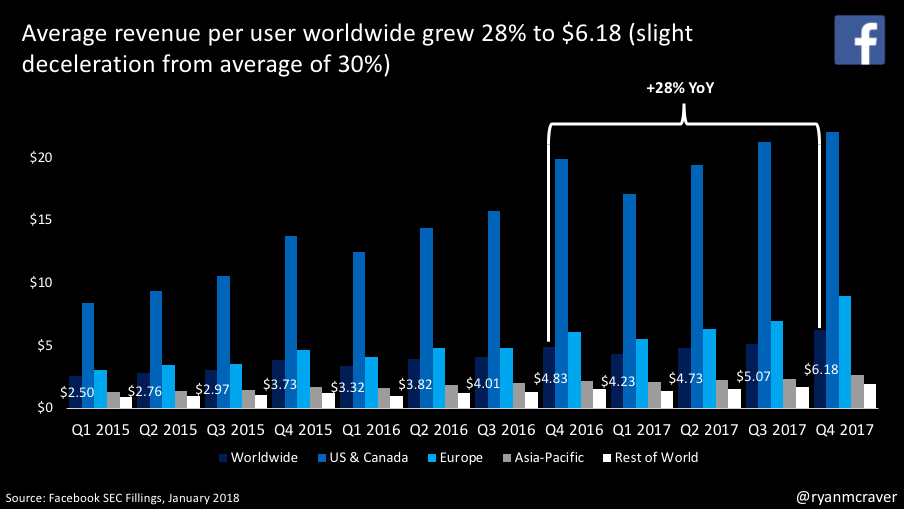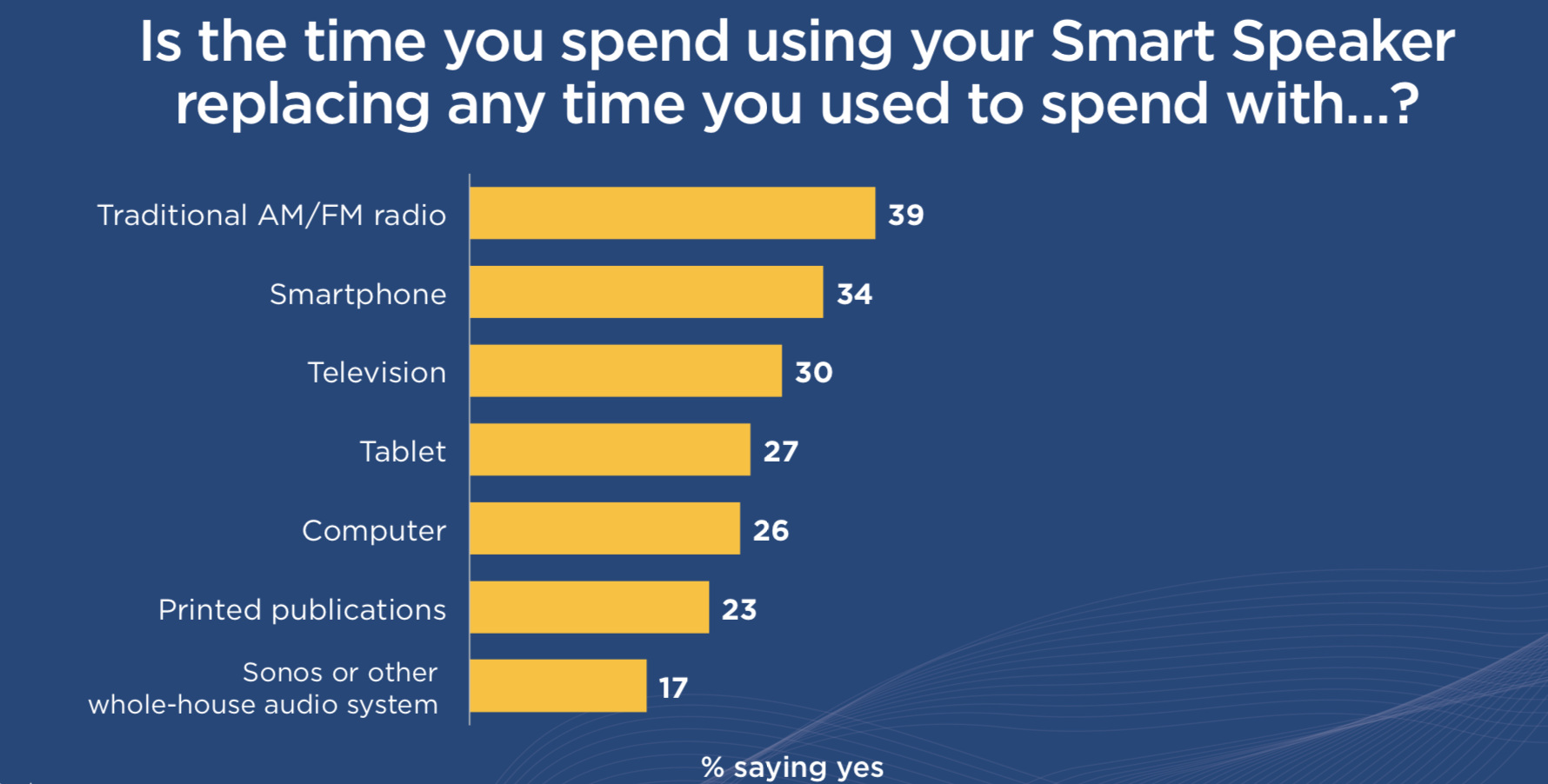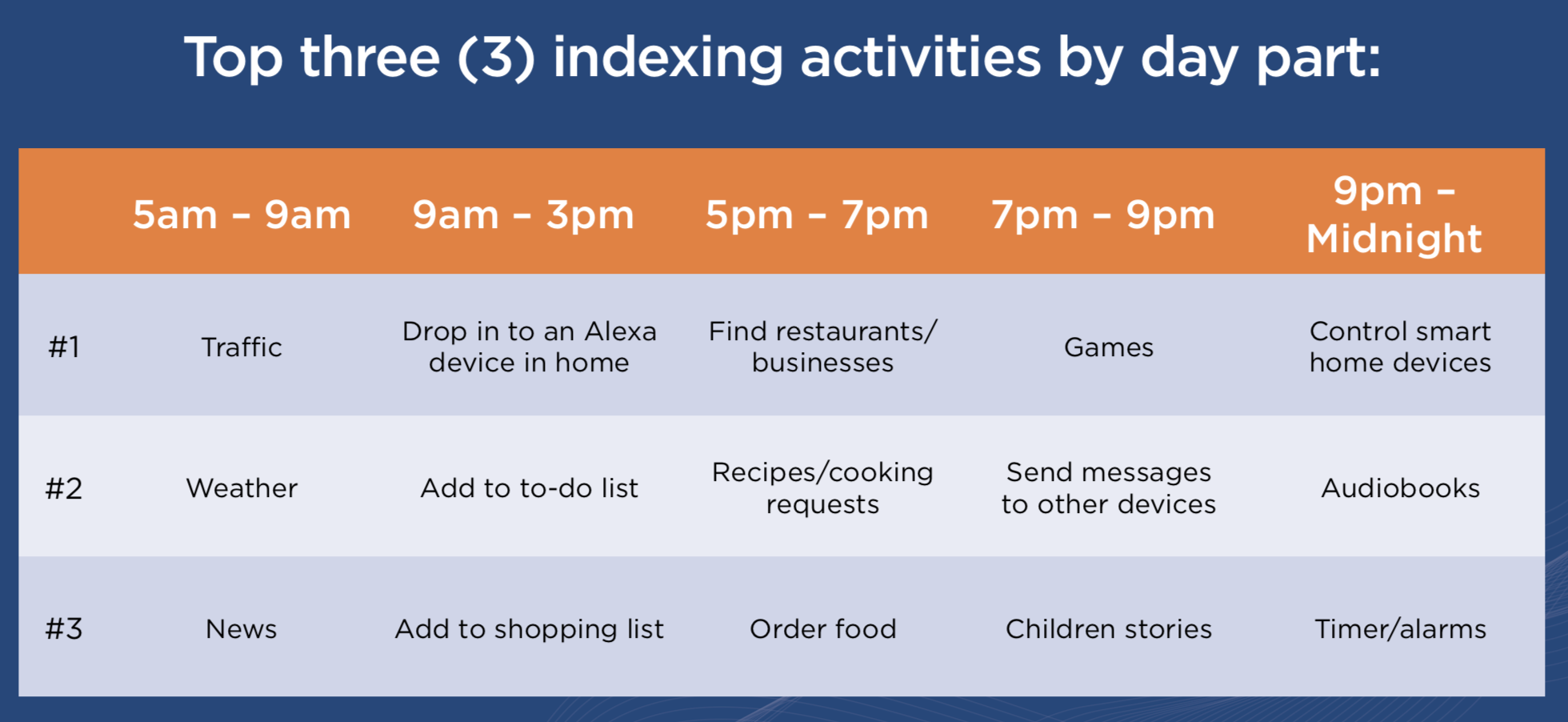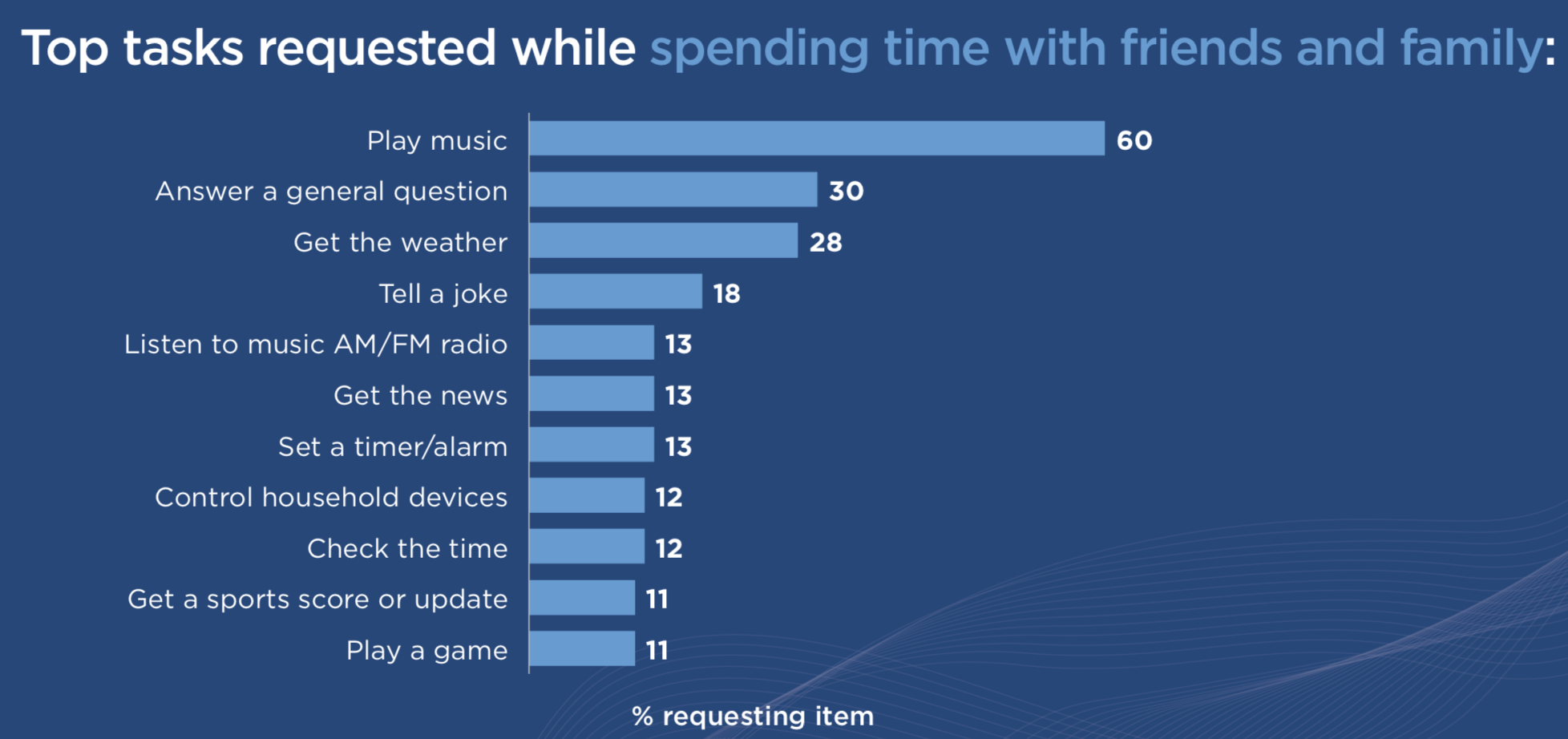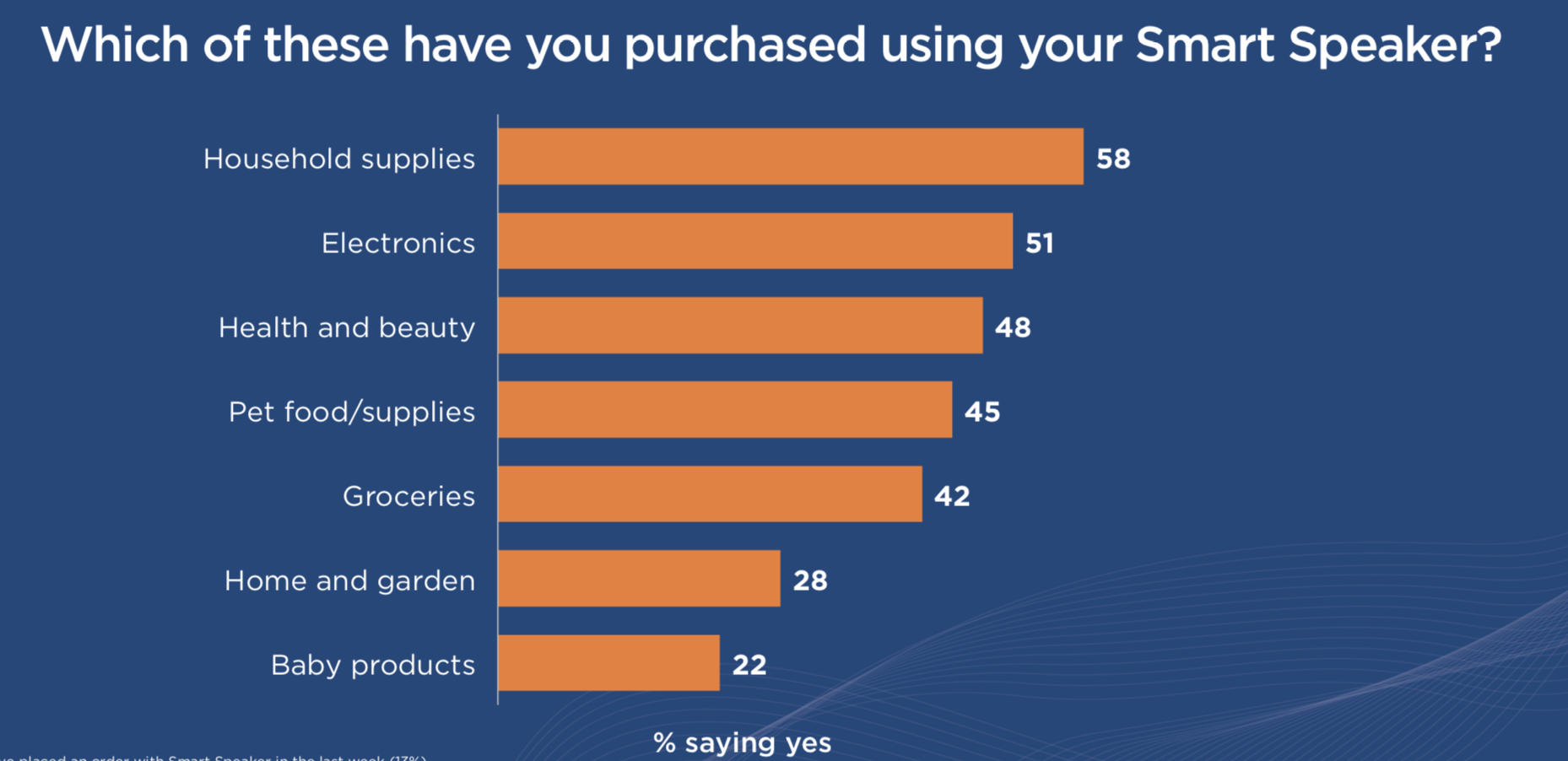“Schiefelbein: How vulnerable is CommerceHub to the increasing centralization of ecommerce by giants like Amazon?
Walker: Dropshipping penetration of ecommerce should grow as ecommerce players seek to compete with Amazon’s product assortment and cost and logistics advantages. Dropshipping can level the playing field with Amazon without the substantial infrastructure investments that company has made over many years. Long term customers of CommerceHub still only use dropshipping for 30-50% of their online sales. For many retailers dropshipping penetration is less than 10% of online sales. Given the benefits of dropshipping it seems logical that this penetration will increase over time.
For brands that wish to decrease reliance on retailers and sell products directly to consumers, CommerceHub for Brands can help them to achieve this goal. The internet and social media have expanded the number of ways in which brands can interact with customers. CommerceHub for Brands allows vendors to replicate their product lists and promotion across multiple demand channels directly, bypassing retailers.”
Every retailer I talk to these days is willing to start a dropship relationship (typically via CommerceHub) for literally any brand. It is easy to understand why. The retailer takes no inventory risk and allows for the buyer to quickly assess the brand's ability for success with a brick & mortar rollout. All the downsides are for the brand/manufacturer. The brand must ship a one piece order yet still only make wholesale on the shipment. This is why I believe dropship for retailers will never pan out to the industry's expectations. CommerceHub realizes this and is now focused on promoting their solutions for brands...extending a brand's reach to other platforms that aren't reliant on retailers...but reliant on marketplaces like Amazon, Facebook and Google.
Dropship isn't Amazon's achilles heel. Dropship will further empower Amazon.
